The Article
A10 integrated valve amplifier From Pure Sound
8th November 2018
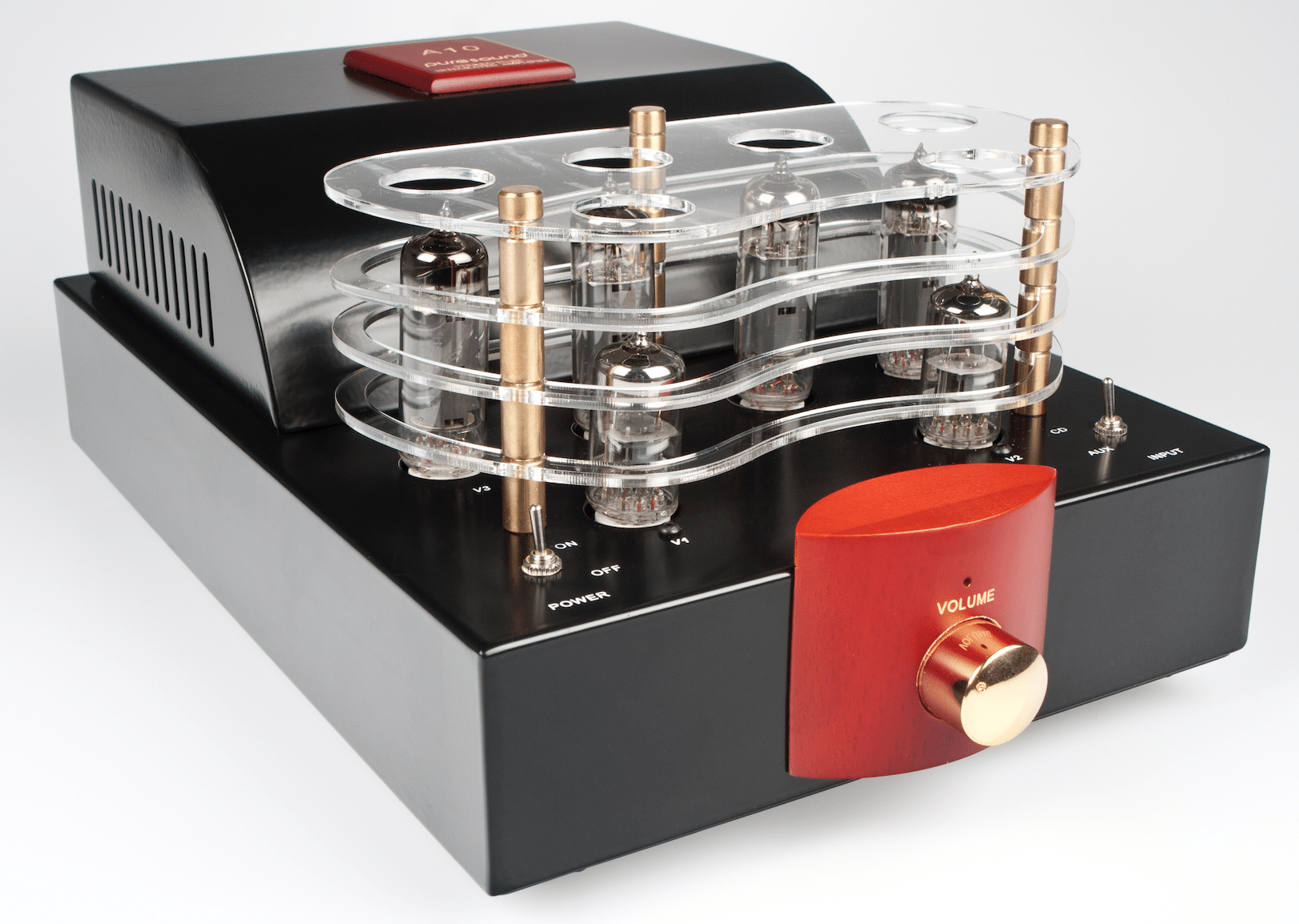
The entry level design from Pure Sound, Paul Rigby reviews the A10 integrated amplifier
If there’s one thing I’ve learned about valves and valve amplifiers especially is that there might be a host of products on the market but you can’t produce a top quality valve amp on the cheap. My previous ‘entry point’ recommendation was the Icon Audio Stereo 20 which currently retails somewhere around the £900 mark.
Pure Sound’s attractively built model nips in under that figure and so is immediately attractive and worthy of investigation.
Designed as a Class A Ultra Linear push-pull design, the A10 uses a pair of 6N3 valves in the preamp section and a four 6P14 valves (“…a modern equivalent to the EL84/6BQ5 family,” said the company) for the output stage.
For this price, the one thing you’re not going to get is lots of power. That Stereo 20 I mentioned above pumps out a maximum of 15W while the A10 spurts out only 10W. Hence, you’re going to have to be careful when matching speakers or the room size or both. Grab a sensitive pair of speakers and a room that’s not too large, though, and you might be in the market for an A10 (or, at least, that’s what I originally thought, see below).
Outside, the amplifier is stylish in its appearance with a very nicely built ALPS Blue Velvet volume knob centrally placed at the front of a dinky Sandalwood fitting and a pair of gold plated single-ended inputs on the rear. That’s right, there’s only two pairs here but that’s fine if you want to hook up an external phono amp for vinyl play and a CD player or DAC for more digital fare. Cosy, shall we say. Some users will see this as an issue but careful planning will remove that problem.
While we’re at the rear, apart from the power socket, there’s the 3-way, gold plated speaker terminals plus a 4 Ohm and 8 Ohm speaker switch.
The A10 uses an Auto Bias system, which means the replacement output valves should be fitted as matched pairs so there will be no need to reset or monitor bias conditions. Inside, the amplifier are a host of carbon film resistors and polypropylene signal coupling capacitors: quality has not suffered as the price has been shaved, therefore.
Spanning 140 x 230 x 330mm, the chassis weighs in at 8.5kg.
Oh, one final thing. This amp doesn’t come with a remote but look at the exclusion like this, you’re getting lot of amplifier for your cash. If you added a remote, it wouldn’t be a freebee, it would hike the price upwards once more. For this category of amplifier trying to do this type of job at this sort of price, I would put a remote way down on my priority list. Hence, I don’t view its absence as a problem. A solid state design? Sure. For a valve amp looking to produce quality at a low price? No.
DESIGN
Before I got to the actual sound quality, I wanted to quickly report on the sensitivity to see if my above comments held any water. I initially tested the amplifier with my Quad 57 electrostatic speakers. They are not particularly sensitive yet the A10 was able to ‘go loud’. Very loud, in fact. Ear splitting, if pushed.
I then brought in a pair of Spendor A1 speakers at a rating of just 84db, to see how they responded in my large listening room. The answer was very well indeed. Again, the A10 could easily ‘go loud’, even in my large room and even with this level of sensitivity. Which goes to show, it’s not the power rating of an amplifier that’s important but how that amplifier handles its power and processes it.
I asked the amplifier’s designer, Guy Sergeant about this odd phenomena and he commented, “The A10 is a 10W per channel class A amplifier. Class A operation has some advantages. The output devices are biased such that they do not get switched off at any output level. The reason why you might choose to bias the output valves so that they stay switched on all the time is because switching them on and off causes them to become quite non-linear in operation and introduce significant and rising levels of distortion the more time they spend switching between on and off. With the A10, it will play up to its full output (i.e. 10 Watts) without the minimal amount of distortion it does produce changing very much at all. Even with relatively insensitive speakers (such as your Quads) a clean 10W will get them to play quite loud in normal domestic use. Indeed the original Quad II amplifiers probably didn’t produce much more than 10W output. Ditto the contemporary Leak Stereo 20. Amplifiers whose output devices are switching on and off can have their distortion perhaps reined in by applying lots of negative feedback around the circuit.”
SOUND TESTS
To begin the sound tests? No messing about, I dived into Queen at their rocking best and Dead on Time from the album, Jazz. Potential issues? On some systems the drums can sound a little edgy and tinny, Freddie Mercury’s vocal, during crescendos can hover towards the the bright and cymbals are often buried under the percussive cacophony. The main issue is the mastering of this early edition reissue.
None of those issues proved to be problem with the A10 – that’s the short answer. If they were illuminated at all, these problems were alleviated to such an extent as to not be a major concern. The issue was reduced, not because the output sounded warming but because the A10 reduced noise to such an extent as to almost dissipate the strident effects.
Hence, in percussive terms, the drums pulled back a tad to take a fuller part in the mix rather than trying to dominate it while the percussion item was nicely characterful, providing an organic presentation.
Mercury’s voice was less crowded by this low noise design which means that he had more room to manoeuvre, allowing greater subtlety to emerge from his performance and a rounded view of his delivery to be heard. That is, there was an inherent transparency around the lead vocal that gave the entire song personality, a strength but also a sense of, well, honesty I suppose. You felt that the A10 was getting into the nitty gritty of the lead vocal.
Cymbals were the big surprise here. Because of the space and air infused into the soundstage, there was a large amount of room available for the cymbals to emerge. Hence, the delicacy of a symbol tap was easy to hear and enjoy, reverb tails were hanging all over the place, adding complexity and layering to the track as a whole.
This also meant that both lead and bass guitars were allowed to move around the soundstage instead of being swamped by the vocals and drums.
I then turned to more sedate fare on CD and Emmylou Harris singing Mystery Train from the album, Thirteen.
Again, I was impressed by the low noise aspect of the amplifier but also the wide expanse of the soundstage. The far edges were occupied by acoustic guitars, strumming away like good’uns and the detail from them was impressive indeed with regular delicate string twangs pushing out the odd fragile reverb tail to add richness and depth to the song.
Harris’ voice oozed character, personality and texture, especially if she pushed her voice a tad and a slight dry throated essence told you that she was forcing her vocal to the max. Of course, this sort of detail only enhanced the realistic nature of the playback.
I was also happy to hear the bass sitting behind the Harris vocal and the slight distance between the two, in and around the central stereo image. The 3D structure of this area meant that the two never tripped over each other.
CONCLUSION
It’s the calming nature of the A10 that really impresses me. Despite the supposed low power, the A10 never felt that it was stressing or tense. The entire test period only revealed how relaxed and at ease this amplifier was. Incisive with a superb degree of clarity, the Pure Sound A10 is a steal at this price.
PURE SOUND A10 INTEGRATED VALVE AMPLIFIER Price: £729.95 Tel: 01822 612449 Website: www.puresound.info
GOOD: detail, transparent mids, low noise, broad soundstage, instrumental separation
BAD: nothing
RATING: 9
[Don’t forget to check out my Facebook Group, The Audiophile Man: Hi-Fi & Music here: www.facebook.com/groups/theaudiophileman for exclusive postings, exclusive editorial and more!]
REFERENCE
Origin Live Sovereign turntable
Origin Live Enterprise 12″ arm
Van Den Hul Crimson XGW Stradivarius Cartridge
Icon PS3 phono amplifier
Aesthetix Calypso pre-amp
Icon Audio MB845 Mk.II monoblock amplifiers
Quad ESL-57 speakers with One Thing upgrade
Heco Direkt speakers
Tellurium Q Silver Diamond cables
Blue Horizon Professional Rack System
Harmonic Resolution Systems Noise Reduction Components
All vinyl was cleaned using an Audio Desk’s Ultrasonic Pro Vinyl Cleaner

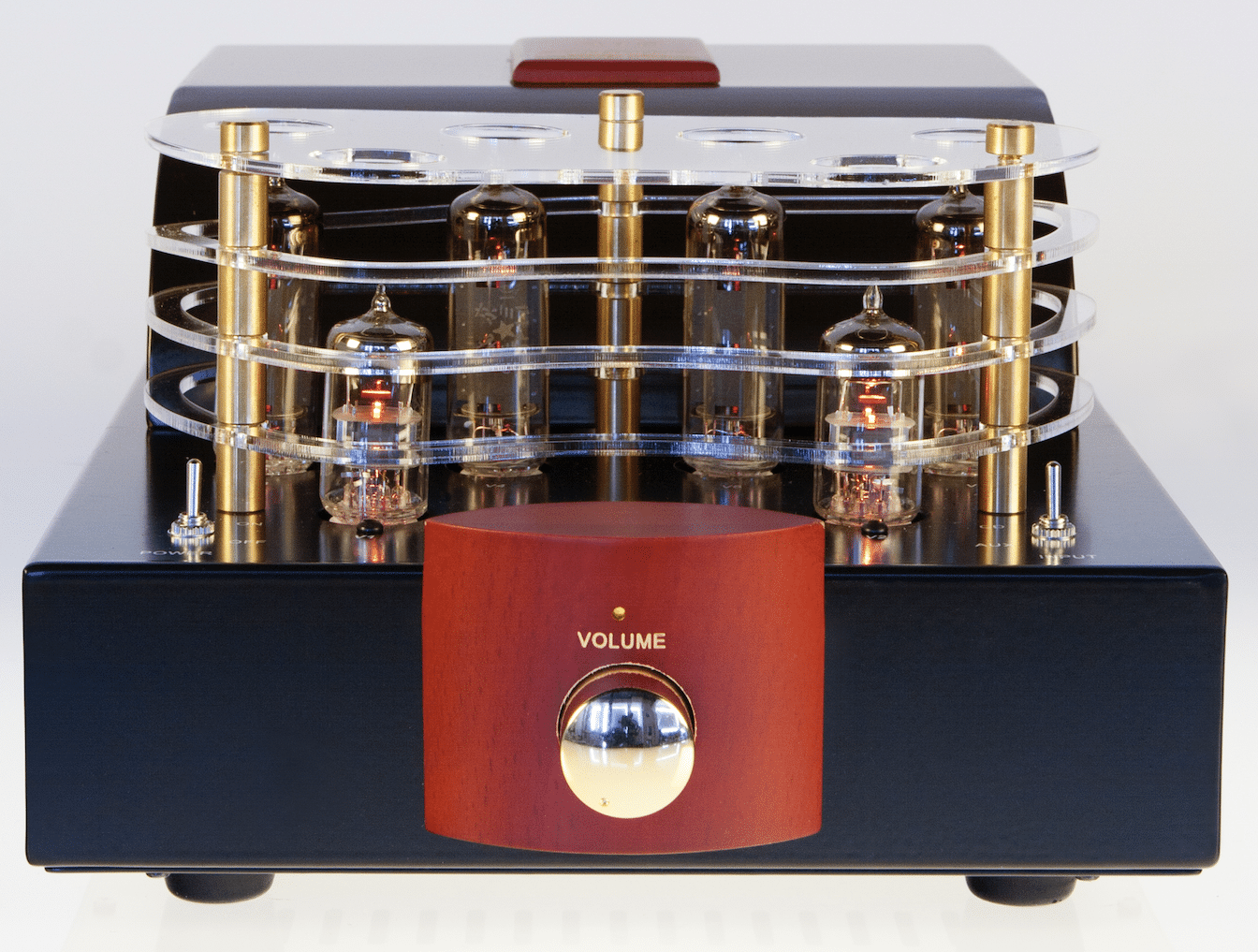
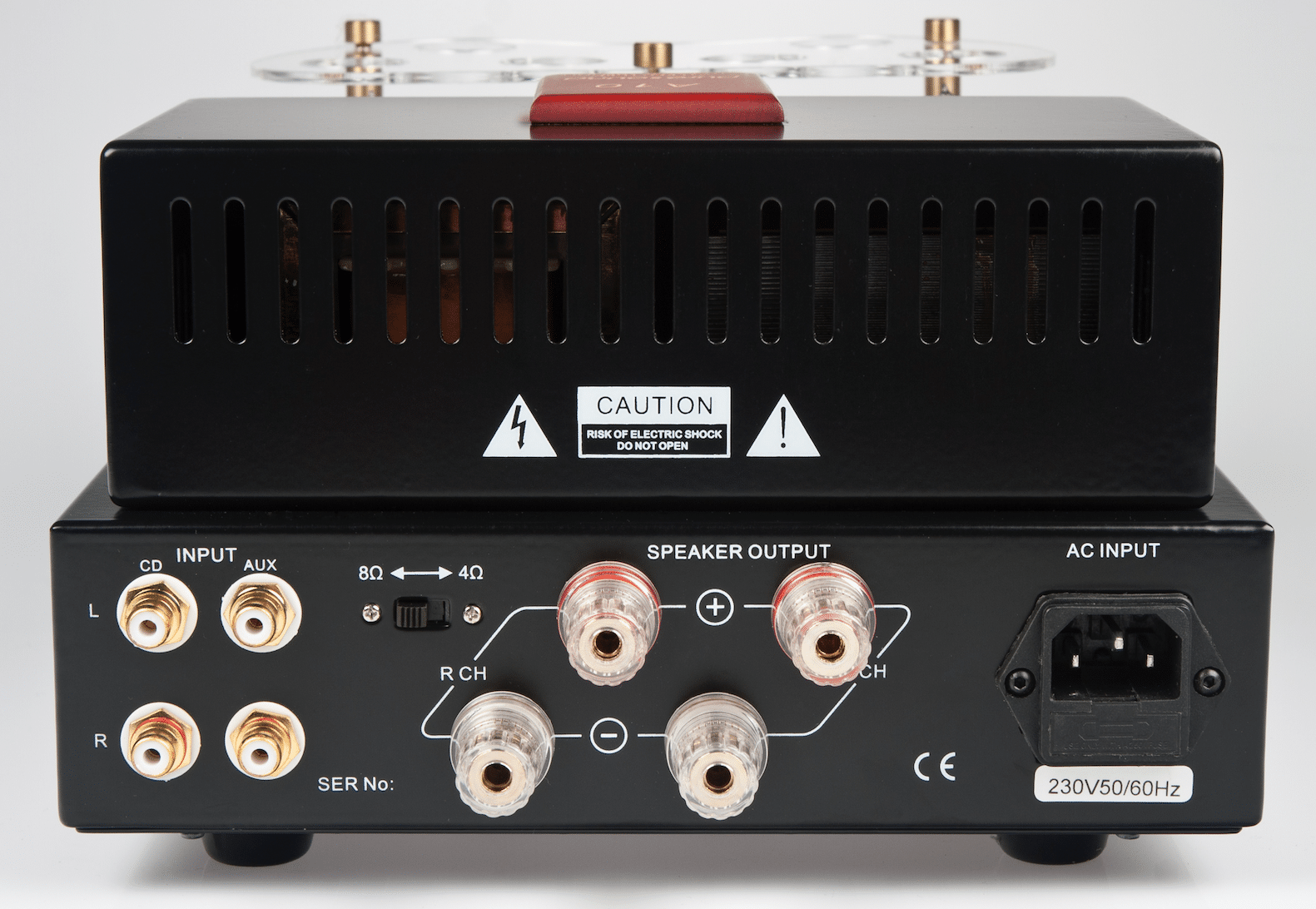
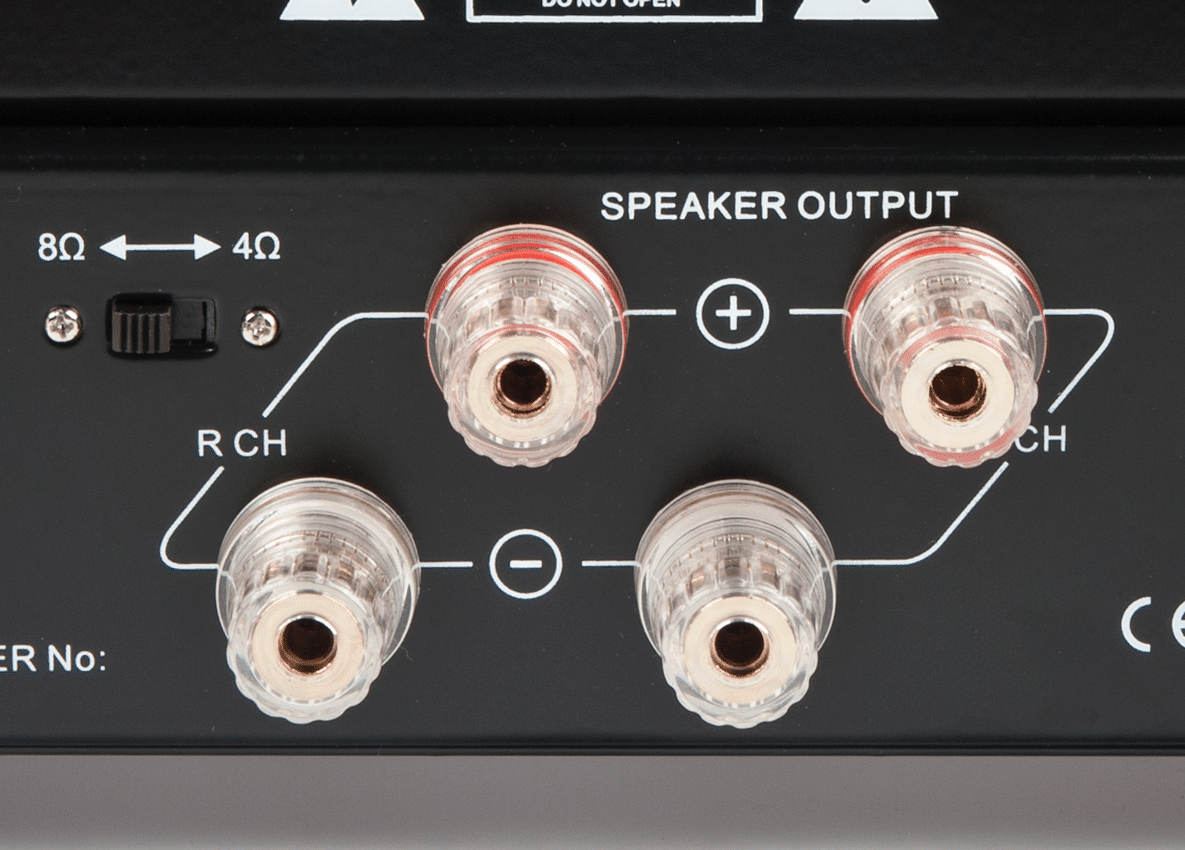
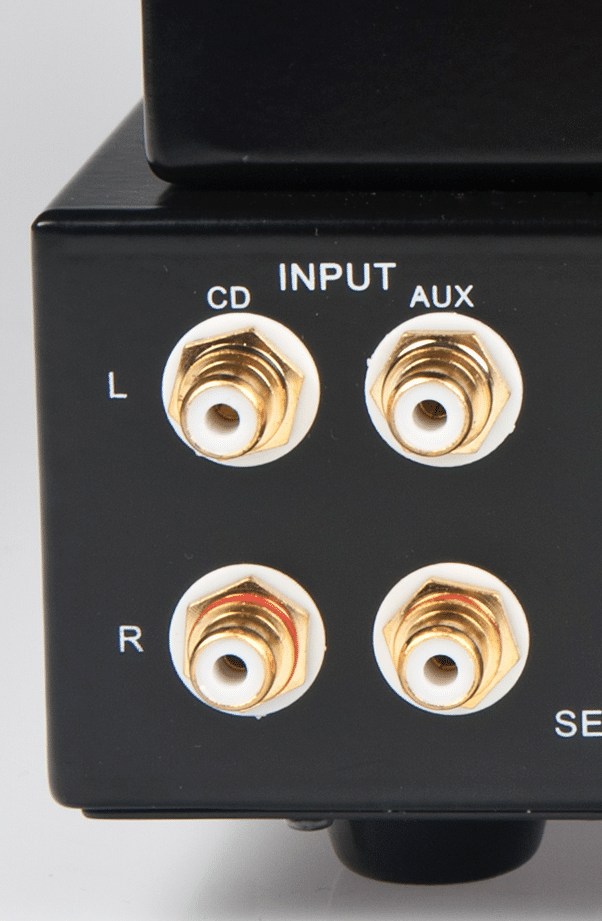
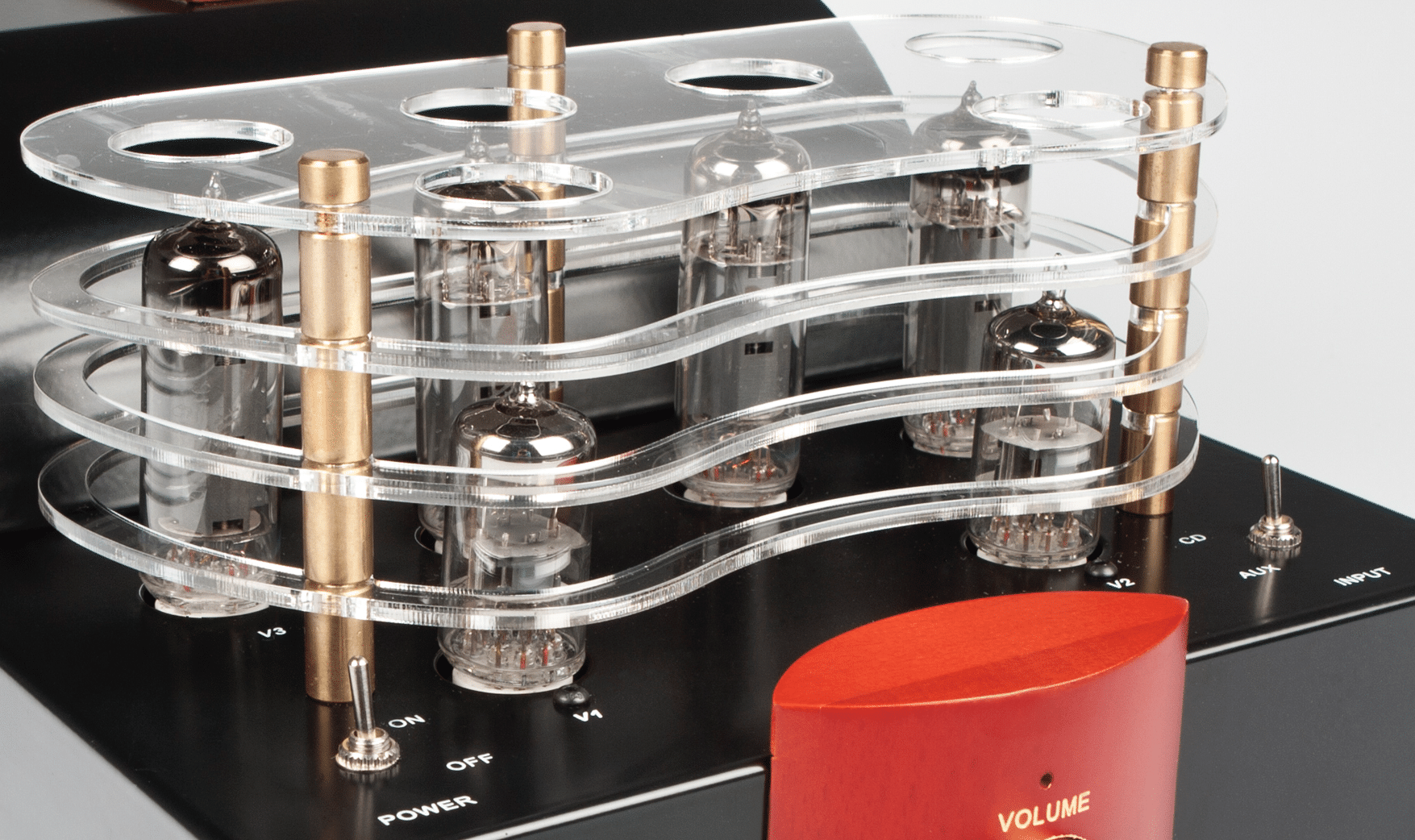
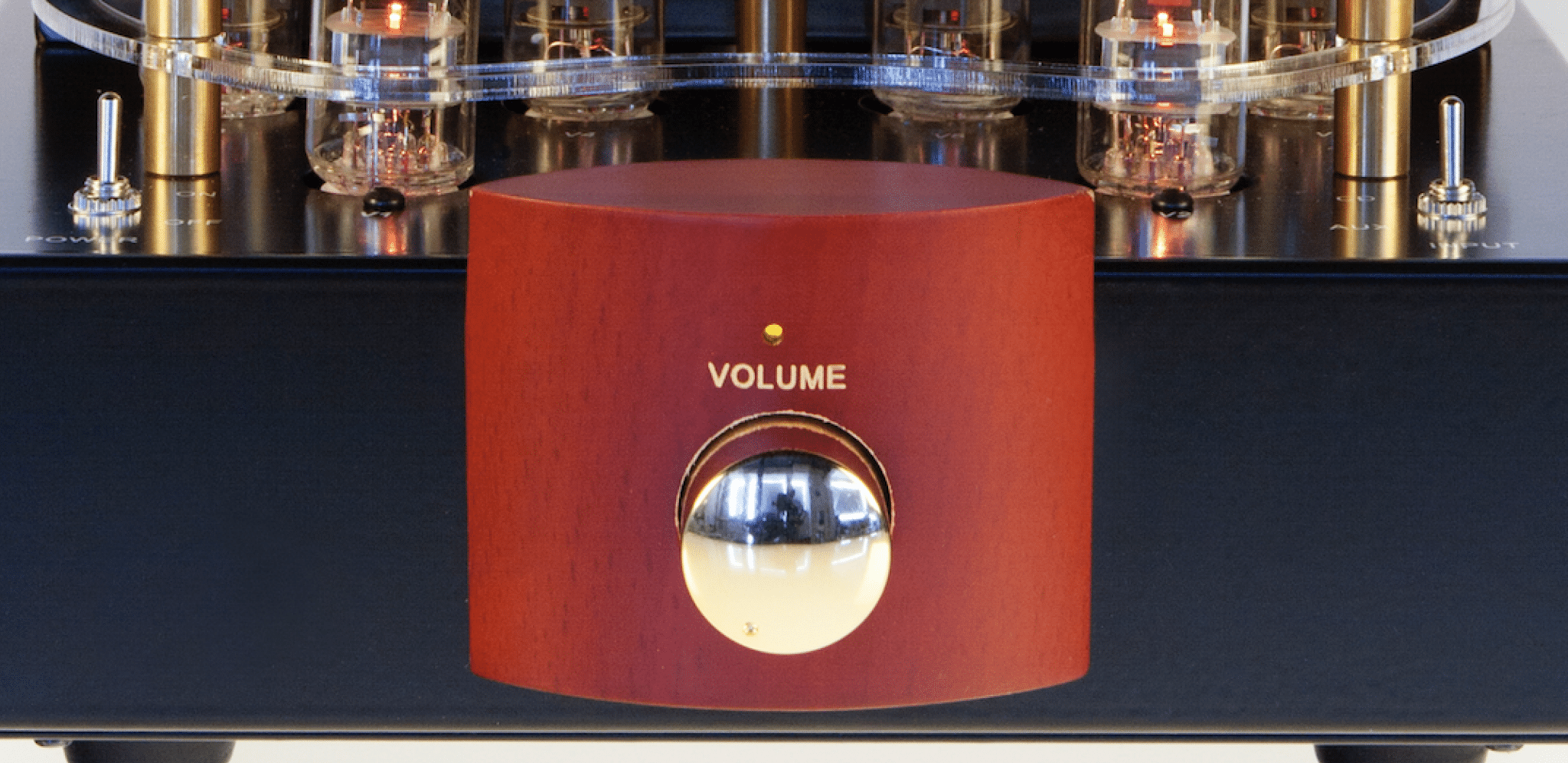



Paul,
Thanks for this review. I am in a bit of a quandary regarding my next step in my system upgrade. I have just purchased a pair of Heco Direkt einklang and was either going to purchase a Naim Uniti Atom or alternatively retain my Squeezebox touch and partner with the Puresound A10 and a Pro-Ject S2 Dac. I am also waiting to see what price the Quad one box solution is priced at once they add their streaming module. Any thoughts?
Hi Trev
Well, there’s a few things for you to ponder on, that’s for sure. If I could offer a general piece of advice for you to ponder upon, I would say that you need to push more cash to the source first and then work down from there. The source digs out the detail – nothing else does that – so if your source does a less than perfect job then it doesn’t matter about the quality of the rest of the chain. I’d advise ploughing cash into the best quality source you can afford.
Hi Paul,
Thanks for all your reviews – very helpful!
I’ve just got a new Rega P1 turntable and have been trying to work out which direction to go on a integrated amplifier and speakers.
From what I’ve read – I’m currently heading in the direction of the Q Acoustics Concept 20’s but am a bit confused on the amplifier. I quite like rich detail and a big 3D soundstage. In terms of an amplifier I’m open to something new or vintage. Some I’ve currently been researching are: Puresound A10 (would be my first Valve amp phono stage – imagine i’d have to change speakers for this) Rega Brio R (vintage vs new – not sure of the difference with this sort of system).
Have also looked at vintage Naim Nait units (2 or 3 perhaps) – these seem to have some very big fans (I don’t entirely understand the PraT argument, I’m also not sure about the lack of soundstage/3d imaging which I keep hearing about).
I’ve also thought of a Cyrus One (vintage or new) Quad… My last set up was a Creek 4140s2 with some Heybrook speakers which I was using to stream music. So all of these would be a step up I imagine. Would you say these amps out do the Rega P1 as a source?
The difficulty obviously with a vintage amplifier is I may not be able to have a listen before I buy…
Any help/advice much appreciated.
Thanks,
Andy
Thanks for your question Andy. I would advise looking carefully at your selections because there’s a danger of the final system becoming unbalanced. The amp choices you list are all good, as is the speaker pairing. Trouble is, for that lot, I’d look at a better turntable/cartrdige. A Rega Planar 3 or Funk Firm Gett! or Pro-Ject RPM 3 are better suited. The Brio, Cyrus and A10 would all be great choices as an amp for the Concepts and improved turntable. Don’t forget an external phono stage, for this quality go hi-fi chain.
Thanks for the advice Paul.
I think i’ll need to hang onto the turntable for now as it was a gift… Would you have any suggestions of an amp with the above qualities for this and the Concept 20’s? Or would you suggest moving down from the Concept 20’s also?
Many thanks for your help.
To retain the balance, Andy, I’d probably go for a Cambridge Topaz AM10, Rega Fono phono amp and Q Acoustic 3020i speakers.
Hello Paul.
I have enjoyed reading your review of the A10 amplifier. It looks to be very good value for its price. Could you please give me your thoughts on whether the A10 would be suitable to drive my pair of Dali Oberon 5 floor standing speakers. These have a nominal 6ohm impedance and specified efficiency of 88dB/W.
I am concerned whether the A10 power output would be adequate. The speakers are used in a 12ft x 18ft room.
Also for connectivity, would you know the input level required to give maximum power from the A10, and as the A10 has a 4 ohm or 8 ohm output, which output would you suggest is the one to use with my 6 ohm speakers?
Any advice on this would be really appreciated.
Many thanks
Hi John – I think you shold be fine but let to talk to Pure to make sure. Be back ASAP.
Hi John, this direct from Pure, “The A10 should be ok provided he isn’t trying to play Techno or Death Metal to indecent levels I’d always choose tp pair it with something a little more sensitive but 88 dB/W isn’t a disaster. Input sensitivity is around 500 mV for full output so a typical MM cartridge via a typical 40 dB gain phono stage will give enough output and of course digital sources will have plenty. Normally I’d set the A10 to 4 Ohm with a 6 Ohm speaker although it’s easy enough to switch between 4 & 8 to try both. You’d listen for changes at the extremes. The 4 Ohm tap would usually give more bass control whereas the 8 Ohm tap may be looser at the bottom but more open & extended at the top. But it depends on the speaker really so it’s worth trying both to see which is preferred.”
Hi Paul.
I really appreciate you getting my answers from Pure. I’m certainly not intending blasting Death Metal at full volume!
Not for long term use, but would the headphone output from a CD player likely to be adequate to drive the A10?
Thanks again.
John
No problem, John – an internal head amp is fine ‘for now’ but I would encourage an external head amp who funds allow.
Hi Paul,
love your reviews, a I must admit, you are my main man concerning HiFi.
I just got back into vinyl after buying a Pro-ject X1 and am planning to upgrade my entire chain in the near future, which is made up of:
NAD 3225PE
Elac ELR 65
Pro-ject X1
Onkyo T-4650 tuner (very good one)
Onkyo TA-2830 tapedeck
HiFiman Sundara headphone (and I love’m!!!)
My question is whether the Pro-ject X1 justifies and can keep up with the Pure Sound A10?What about combining them with a pair of Q Acoustics 3030I.
What do you think about that combination?
Alternatives?
Well, probably many!
How much should one invest into the loadspeakers cables?
Phono preamp will be the Lehmann Blackcube.
Headphoneamp a Lehmann Rhinelander or Drachenfels.
Thanks a lot for helping us all.
Keep on doing your blog.
Alex.
Sure, the X1 will perform fine. I think, later on if you do want to upgrade, the turntable will be a good place to start but you’ll be fine for a while I reckon.
Cables? Get the best you can afford. Cables can change how the signal moves down the hi-fi chain but, even more than that, good cables keep out extraneous high frequency noise, RFI, EMI and all that nasty stuff. They prevent veiling. Bad cables don’t do that and you end up with little bottle necks all over your hifi system, preventing the performance reaching its peak.
Good quality options include QED, Chord, Atlas, Tellurium Q but it depends on your budget.